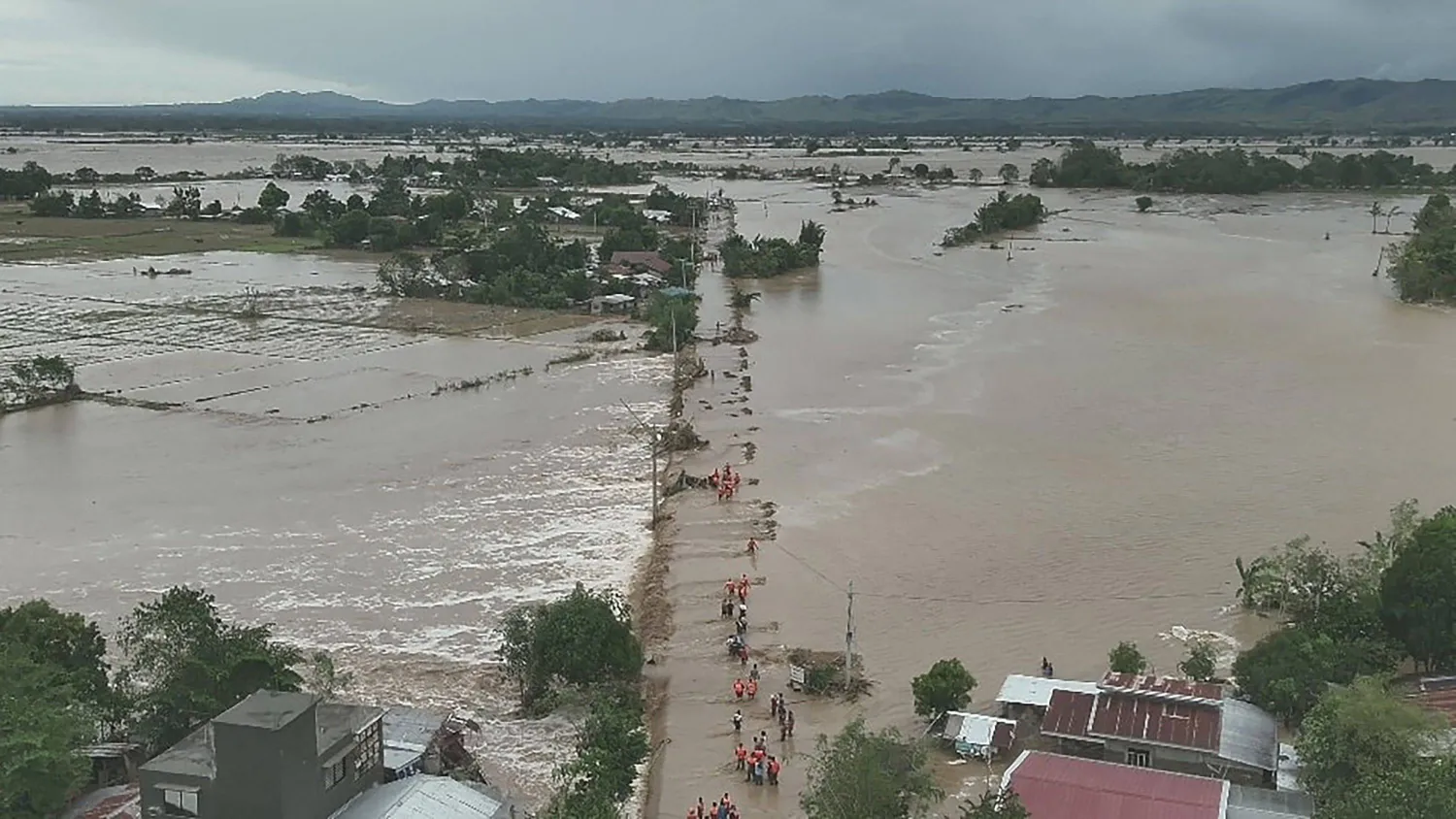South Korea’s ousted conservative President Yoon Suk Yeol faces more criminal charges as prosecutors alleged Monday that he ordered drone flights over North Korea in a deliberate bid to stoke tensions and justify his plans to declare martial law.
Yoon set off the most serious political crisis in South Korea’s recent history when he imposed martial law on Dec. 3, 2024, and sent troops to surround the National Assembly. He was later impeached and removed from office and is in jail standing trial on charges including masterminding a rebellion.
His successor and liberal rival, President Lee Jae Myung, approved legislation that launched independent investigations into Yoon’s martial law stunt and other criminal allegations involving him, his wife and associates.
On Monday, Yoon and two of his top defense officials were charged with benefiting the enemy and committing abuse of power over their alleged drone flights, which came about two months before the declaration of martial law, according to a special investigation team.
North Korea accused Seoul of flying drones over its capital, Pyongyang, to drop propaganda leaflets three times in October 2024. Yoon's defense minister, Kim Yong Hyun, initially made a vague denial, but South Korea's military later switched to saying it couldn’t confirm whether or not the North’s claim was true. Any public confirmation of South Korean reconnaissance activities on North Korea is highly unusual.
Tensions rose sharply at the time, with North Korea threatening to respond with force. But neither side took any major action and tensions gradually subsided.
When Yoon announced martial law, he briefly cited “threats from North Korean communist forces,” but focused on his fights with the liberal-controlled parliament that obstructed his agenda, impeached top officials and slashed his government’s budget bill. Yoon called the National Assembly “a den of criminals” and “anti-state forces.”
On Monday, Park Ji-young, a senior investigator working for independent counsel Cho Eun-suk, told a briefing that her team still indicted Yoon, Kim and Yeo In-hyung, ex-commander of the military’s counterintelligence agency, over the alleged drone flying.
She said the trio “undermined the military interests of the Republic of Korea by increasing the danger of a South-North armed conflict with the purpose of setting up an environment for declaring emergency martial law,” Park said.
Park disclosed what she called memos found in Yeo's mobile phone, some of which suggest likely plots to trigger tensions with North Korea. Memos include wordings like “creating an unstable situation,” “drones" and “targets like Pyongyang” that could force North Korea to respond because of “a loss of its face.”
Park said she won't further explain about those memos due to concerns about leaks of military secrets.
There were no immediate public responses from Yoon, Kim or Yeo over their indictments. But in July, Yoon’s defense team said Yoon had maintained he wasn’t informed of the drone flights.
In January, state prosecutors indicted Yoon for allegedly directing a rebellion. It's a grave charge whose conviction only carries the sentence capital punishment or life imprisonment. Kim and Yeo have also been arrested and indicted for allegedly playing key roles in Yoon's martial law imposition.
Animosities between the Koreas worsened after Yoon took office in May 2022 with a tougher approach on North Korea's nuclear weapons program.
South Korea earlier accused North Korea of occasionally flying its own drones over South Korea, but refrained from publicly taking tit-for-tat steps. But in December 2022, South Korea announced it fired warning shots, scrambled fighter jets and flew surveillance drones over North Korea in response to what it called North Korea's first drone flights across the border in five years. Observers say that reflected Yoon's resolve to get tough on North Korean provocations.









